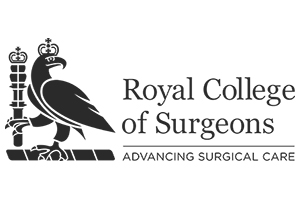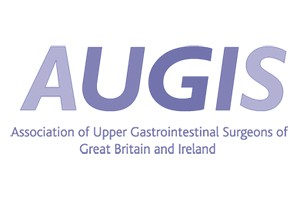A gastroscopy is a procedure where a thin, flexible tube called an endoscope is used to look inside the oesophagus (gullet), stomach and first part of the small intestine (duodenum).
It’s also sometimes referred to as an upper gastrointestinal endoscopy.
The endoscope has a light and a camera at one end. The camera sends images of the inside of your oesophagus, stomach and duodenum to a monitor.
A gastroscopy can be used to:
- investigate problems such as difficulty swallowing (dysphagia) or persistent abdominal (tummy) pain
- diagnose conditions such as stomach ulcers or acid-reflux disease, also know as gastro-oesophageal reflux disease (GORD)
- treat conditions such as bleeding ulcers, a blockage in the oesophagus, non-cancerous growths (polyps) or small cancerous tumours
A gastroscopy used to check symptoms or confirm a diagnosis is known as a diagnostic gastroscopy. A gastroscopy used to treat a condition is known as a therapeutic gastroscopy.
A gastroscopy often takes less than 15 minutes, although it may take longer if it’s being used to treat a condition. It’s usually carried out as an outpatient procedure, which means you won’t have to spend the night in hospital.
Before the procedure, your throat will be numbed with a local anaesthetic spray. You can also choose to have a sedative, if you prefer. This means you will still be awake, but will be drowsy and have reduced awareness about what’s happening.
The doctor carrying out the procedure will place the endoscope in the back of your mouth and ask you to swallow the first part of the tube. It will then be guided down your oesophagus and into your stomach. The procedure shouldn’t be painful, but it may be unpleasant or uncomfortable at times.







